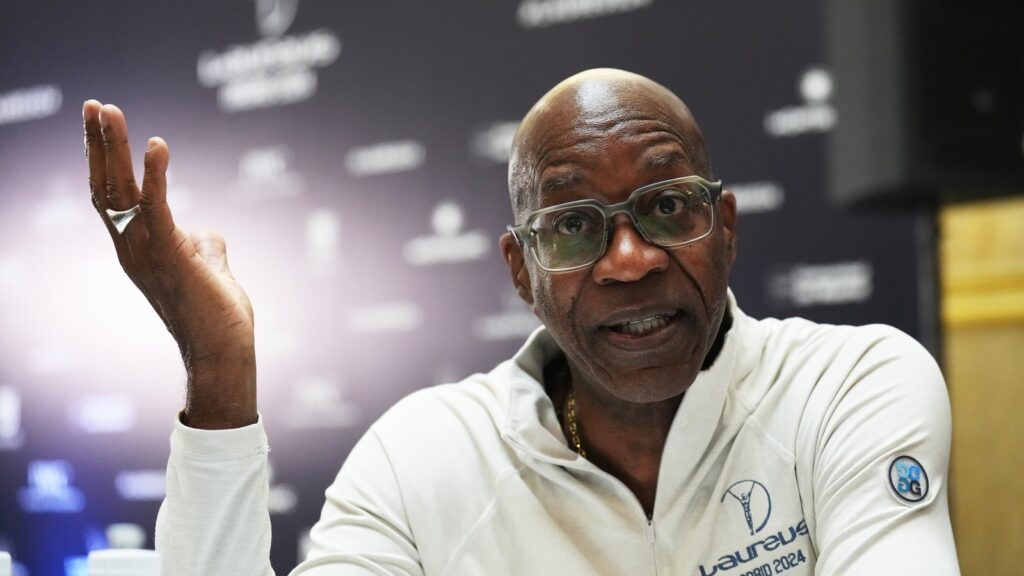Edwin Moses forever changed the way athletes train through his use of biomechanics in sports. When the athlete was looking for ways to increase his level of performance, the American hurdles champion was leveraging his knowledge of science and engineering and devising innovative training methods.
At the 1976 Montreal Olympics, Moses won the gold medal and set his first world record of 47.64 seconds. He continued to push the limits, posting times of 47.45 seconds (1977), 47.13 seconds (1980), and 47.02 seconds (1983). His record lasted nine years. It was all possible thanks to his scientific approach to training.
Although he was at his peak at the 1980 Moscow Games due to a boycott led by the United States, he still showed an unparalleled performance at the 1984 Los Angeles Games, winning his second Olympic gold medal. Moses was also known for his excellent stride pattern, which kept his rivals at bay. Hopes for a third gold medal at the 1988 Seoul Games were dashed when his compatriot Andre Lamar Phillips won and Moses took bronze. Moses was undefeated in the 400-meter hurdles for 10 years until 1987, winning 122 consecutive races and reaching the finals 107 times.
The days of Moses are over. Cutting-edge technology in training, diet, footwear and more is helping athletes reach greater heights and faster than ever before.
“If you were running in current shoes with carbon plates and tracks that are designed to use the energy you put down and return it to you like a spring, like a rebound effect, you could run 45 seconds flat. It could have been.” At the time, we talked about how it was real to run in the 46-second range on that track,'' Moses said on the sidelines of the 2024 Laureus World Sports Awards.
But despite these performance improvements, the sport hasn't really progressed, he says.
“With so much computerization and visualization that you can record everything on your phone and process it through a software program, more athletes can visualize the biomechanics. I used to be a physicist and an engineer, so I knew the numbers part.'' A lot of coaches look smarter because they have more information, they have shoes that respond to the track, and they have shoes that would otherwise be illegal. Because you'll get the feedback you expected. It seems like sports are progressing, but I don't think that's actually the case.
“In fact, you can't compare the times today. Noah Lyles was 19.6 seconds, 19.5 seconds, Tommie Smith (1968 Olympic 200m champion) was 19.8 on a course 50 years ago that wasn't even close to his current time. You can't compare eras anymore, you can't compare relative greatness.''
Moses used computers and heart rate monitors, which were unheard of at the time.
“I used to be a data person, a scientist, an engineer, so I relied on data. I don't know what athletes are doing now, but most athletes listen to their coaches. There was no coach. I had to develop myself. I used ice baths and used computers at the beginning. There was no such thing as biomechanics. There were only a few PhDs in biomechanics in the U.S. The 400-meter hurdles are the most difficult event. Getting over them is technical and can be tiring. ”
Technological advances alone do not guarantee world-class performance.
“There is always a lot of pressure on athletes to achieve world records. Most people never come close to one, only a few do. So the expectations for athletes to reach that level are pretty low. Realistically, fast times aren't for everyone. It takes a special kind of person to do that.”


